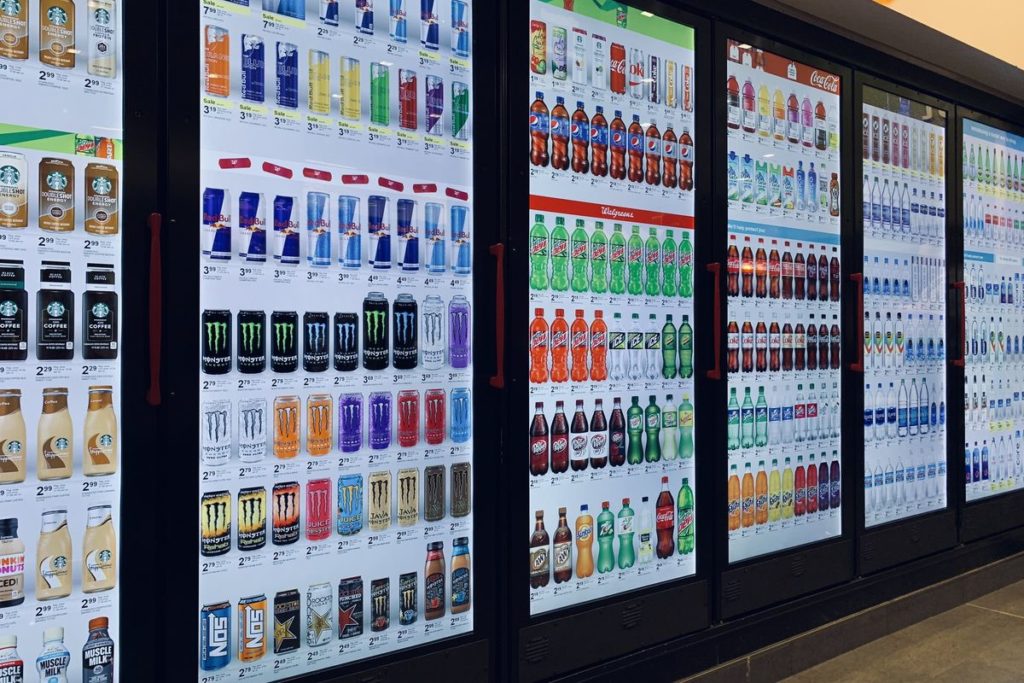It’s time for another change! My two years at TracyLocke have come to an end. I am continuing to build on my credentials as a retail strategist with my next move to FCB/RED in Chicago. My fascination with retail continues to grow. Unlike my work on SC Johnson which was about shopper marketing – developing strategies on how to market their brands across different types of retail. The role at FCB/RED is much different. Instead of developing strategies for brands at other retailers, like Walmart or Target. This is about a brand having its own retail – Xfinity in my case. There is something about a physical space as a platform to build your brand. In today’s world with the retail landscape evolving so rapidly the role retail can play to build a brand has changed so drastically. For starters, having a brick and mortar space is a luxury, or shall I say a liability if not done right. In the past five years the number of retailers filing for bankruptcy has only grown. For perspective, if we saw 8000 store closings in 2018 then we have already seen 7500 store closings in the first 6 months of 2019. That doesn’t paint a very bright picture now does it? Or maybe I’m just painting in broad strokes. Let’s try to understand why this is happening.
At the core of the retail evolution is technology, pretty much in the same way it’s been for so many other industries. The way media, entertainment and the publication business have transformed with the advent of the internet and the supporting technologies that enable content to be turned into binary code, we are seeing retail transform at a similar scale. Although we haven’t quite gotten to the level of Star Trek just yet, turning physical goods into beams that would allow us to instantly get our purchases teleported to our doorstep. We are indeed getting quite close to ordering something from our couch and having a drone drop it off in under 30 minutes or so. Imagine when you have retailers that can enable this kind of “frictionless retail” experience then anyone not on this bandwagon is really going to have a run for their money. Of course for this to be of any value to anyone we would have to want it. Why do we want this? For one there is nothing like instant gratification. Technology is only fueling this desire for now with our mobile driven, on-the-go culture giving us access to whatever we want when we want it. For this to happen, quite a few pieces of technology are at play that are changing the way we shop. From the ability to safely transact online, to the wades of data available about how we shop, to the analytics capability now enabled through deep machine learning to make sense of it all are only some of the technologies being deployed to transform the business of retail.
The big game changer at least from a US perspective has and still is Amazon. The once “largest book store on the planet” does far more than that and generates revenue close to $240 billion a year. If that number doesn’t sound big enough, then know that Amazon alone commands 1/20th of all retail spend in the US. While Amazon continues to make history, from a shopper’s perspective the way we shop has also changed. Now 30% of all sales are online. And what we expect from a retailer is evolving. For anyone that’s not keeping up is far from making history, but going to be history instead. Again e-commerce as a concept is just the tip of the iceberg. It doesn’t mean the end of physical retail. Far from it. It is simply an evolution. With technology taking the friction out of shopping and merging with physical what we can do at retail is far more than just a place to transact. Some retailers are already leading the way by utilizing their spaces to go beyond just selling to a place where their customers can experience their brand and emotionally connect with it.

This is an exciting time to be in retail. What once was science fiction as seen in Minority Report is now a reality. We are already seeing stores like Walgreen’s install sensors that pick-up the demographic of who is shopping the aisle. They are picking up things like age and gender to start with and using machine learning and artificial intelligence to understand the context of each purchase. Soon they will know exactly who is likely to buy Cola for example and at what time. And once they do my guess is that the relevant audiences will see the digital screens transform to an ad for the product one is most likely to buy at the time. While this is all very cool as a marketer there is a creepy element to this from a personal privacy perspective. Balancing the cool factor of personalization with privacy is an on-going industry challenge that I’m happy to navigate.
For now I’m just stoked to be part of this journey to transform retail and to bring some of these innovations to life.
